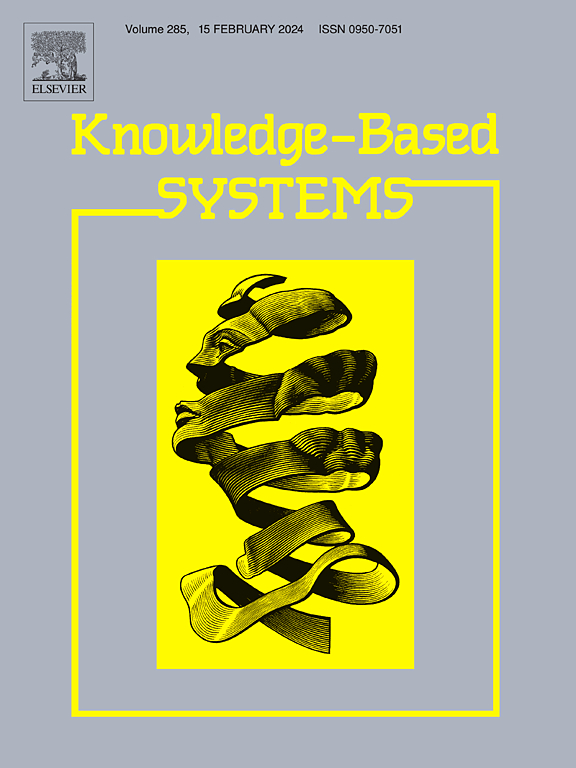Unsupervised adverse weather-degraded image restoration via contrastive learning
IF 7.2
1区 计算机科学
Q1 COMPUTER SCIENCE, ARTIFICIAL INTELLIGENCE
引用次数: 0
Abstract
Mitigating the impact of adverse weather on images, such as rain, haze, snow and raindrops, poses a critical challenge in numerous computer vision tasks, particularly in outdoor scenarios like port security and traffic surveillance. Recent successful methods for restoring images affected by severe weather have predominantly embraced supervised learning, which heavily depend on the quality of collected image pairs. However, capturing ideal image pairs for adverse weather image restoration in real-world scenarios is nearly impossible. In practice, unpaired images are more commonly available. The absence of proper supervision among unpaired images can result in low-quality image restoration outcomes. Therefore, utilizing unpaired image data for adverse weather image restoration remains a significant challenge. In this paper, we propose an effective method for Unsupervised Adverse weather-degraded Image Restoration (UAIR). Our approach leverages contrastive learning to explore both the similarities and differences in deep feature space among images. We not only utilize the intrinsic similarities between restored image and original degraded image to guide the content of the restored image, but also take advantage of the categoricaly differences within unpaired image data, thereby strengthening the connections between the restored image and the clean image at category level. Extensive experiments conducted on benchmark datasets for various tasks, including image snow removal, combined image rain and haze removal and image raindrop removal demonstrate that our proposed method achieves state-of-the-art performance on both weather-specific and all-in-one weather image restoration.
求助全文
约1分钟内获得全文
求助全文
来源期刊

Knowledge-Based Systems
工程技术-计算机:人工智能
CiteScore
14.80
自引率
12.50%
发文量
1245
审稿时长
7.8 months
期刊介绍:
Knowledge-Based Systems, an international and interdisciplinary journal in artificial intelligence, publishes original, innovative, and creative research results in the field. It focuses on knowledge-based and other artificial intelligence techniques-based systems. The journal aims to support human prediction and decision-making through data science and computation techniques, provide a balanced coverage of theory and practical study, and encourage the development and implementation of knowledge-based intelligence models, methods, systems, and software tools. Applications in business, government, education, engineering, and healthcare are emphasized.
 求助内容:
求助内容: 应助结果提醒方式:
应助结果提醒方式:


